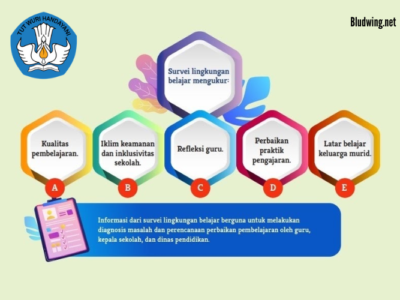STEM stands for Science, Technology, Engineering, and Mathematics. It is a well-known educational approach focused on the development of a student’s technical, creative, and analytical skills. It introduces students to a range of topics, from coding and robotics to physical science and problem-solving. By introducing students to STEM concepts at an early age, educators can help them develop the skills they need to become the innovators and problem solvers of the future.
Benefits of STEM Education
STEM education can benefit students in a range of ways. By teaching them to think critically and problem-solve, STEM can help students develop essential skills for the modern workplace. It can also help students become more engaged in their learning and better understand the world around them. STEM education can also foster innovation and creativity, which can be applied to a range of career paths.
Impact of STEM on Future Technological Advancement
STEM education plays a key role in preparing students for the future. It helps them understand the impact of technology on the world around them and encourages them to think about how they can use technology to make a positive impact. By introducing students to the principles of STEM, educators can help them understand the possibilities for the future and inspire them to become the innovators and problem solvers of tomorrow.
Approaches to Teaching STEM
There is a range of approaches to teaching STEM. Educators can use project-based learning to introduce students to the concepts of STEM, while hands-on activities can help them better understand the application of these concepts. Educators can also use technology to enhance their students’ learning experiences. By using a variety of approaches, educators can ensure that students are engaged and able to apply their knowledge in real-world situations.
Challenges of Teaching STEM
Teaching STEM can present a range of challenges for educators. It can be difficult to keep students engaged in the material, particularly if they lack the necessary background knowledge. Additionally, it can be difficult for educators to ensure that all students have access to the resources they need to succeed. Furthermore, it can be difficult to find the time to adequately prepare and present STEM material.
Making STEM Accessible to All
One of the main challenges of teaching STEM is ensuring that all students have access to the resources they need to succeed. This can be done by providing students with the necessary equipment and materials, including computers, tablets, and software. Additionally, educators can focus on making STEM accessible to all students by providing them with creative and engaging activities that are tailored to their individual learning needs.
The Role of Technology in Teaching STEM
Technology plays an important role in teaching STEM. By using a range of technologies, educators can enhance their student’s learning experiences and ensure that they are engaged and able to apply their knowledge in real-world situations. Technologies such as virtual reality, augmented reality, and 3D printing can be used to bring STEM concepts to life and help students gain a better understanding of the material.
Conclusion
STEM education is an important approach to introducing students to the world of science, technology, engineering, and mathematics. It can help students develop essential skills for the modern workplace, foster innovation and creativity, and prepare them for the future. Educators can use a range of approaches to teaching STEM and make use of technology to enhance their students’ learning experiences. By making STEM accessible to all students, educators can help ensure that they are prepared to become the innovators and problem solvers of the future.

















Comments